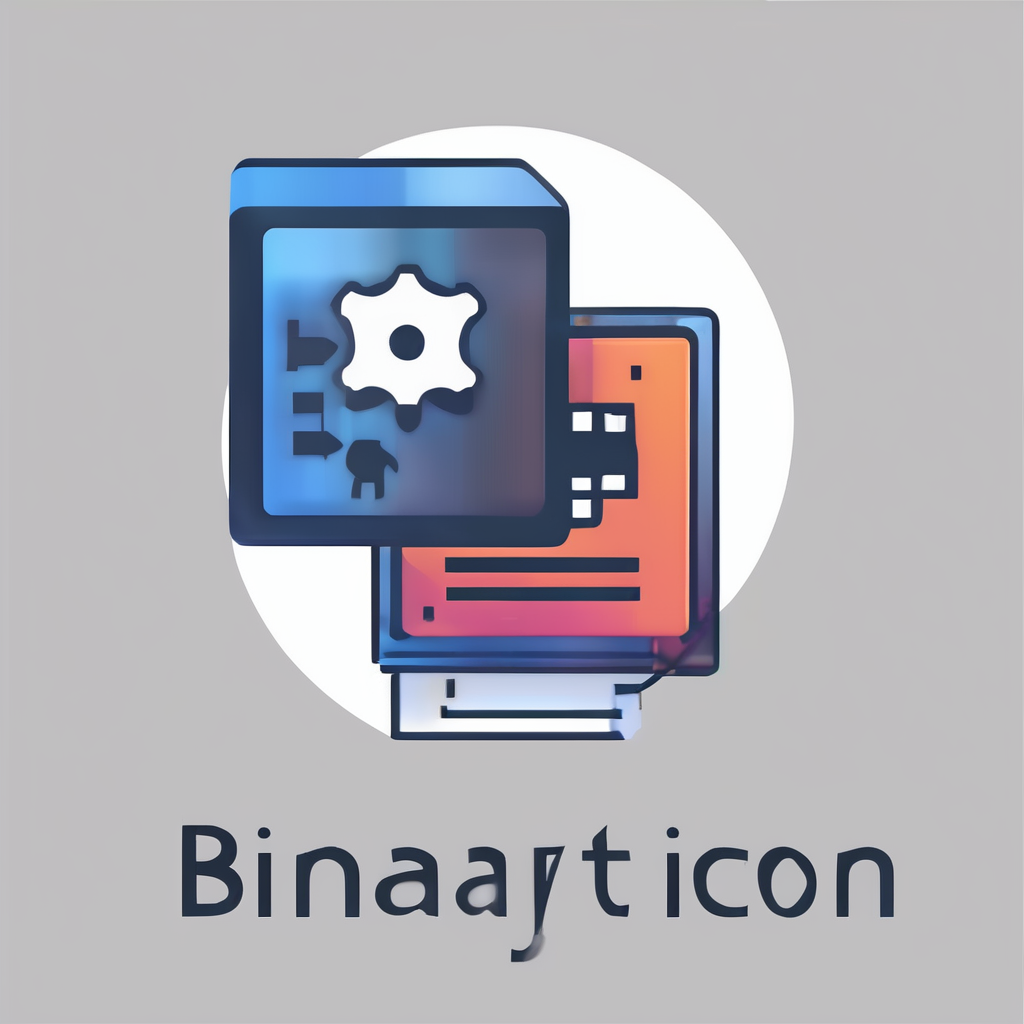Understanding Mobile App Organization
Facilitating seamless mobile app efficiency hinges on effective app organization strategies. As smartphones become the epicenter of both work and leisure, organizing apps presents a productivity-enhancing solution. Individuals often face challenges like app overload, cluttered home screens, or difficulty locating apps, which can hinder app usage efficiency and affect productivity. Common challenges include the proliferation of unused apps and a lack of systematic organization, prompting users to spend excessive time navigating their devices.
By employing tailored app organization strategies, users can overcome these obstacles. For example, categorizing apps can streamline access, reduce time spent searching, and create a more intuitive user experience. An organized app layout not only supports daily routines but also fosters a more deliberate and intentional interaction with smartphone functionality.
Additional reading : Elevate Your Mobile Photography: Proven Strategies for Stunning Smartphone Shots
Moreover, mobile app management offers significant benefits. Improved productivity and reduced stress are achievable through a well-organized app ecosystem. Streamlining apps according to necessity and relevance provides users with clarity and focus when engaging with their devices. This approach simultaneously minimizes distractions and enhances task-oriented navigation.
Ultimately, effective mobile app organization empowers users to interact with technology thoughtfully, aligning smartphone utility with personal and professional goals. As users confront the digital deluge, recognizing the merit of app organization becomes increasingly crucial.
Also read : Transform Your Smartphone into a High-Tech Weather Station for Accurate Forecasting!
Categorization Methods for Mobile Apps
Organizing apps into strategic categories enhances mobile app efficiency and streamlines daily interactions with your device. By developing thoughtful organization techniques, users can declutter their mobile screens and implement a system that meets individual needs.
Thematic Categorization
Thematic categorization involves sorting apps based on overarching themes such as work or entertainment. This approach enables users to quickly access related groups of apps, reducing the cognitive load and time spent navigating disparate app locations. For example, work-related apps — such as email, note-taking, and calendar apps — can be grouped under a “Work” category.
Functional Categorization
Functional categorization takes a more task-oriented approach by organizing apps based on functionality. For instance, grouping all social media apps together allows for a consolidated view, making it easier to switch between platforms seamlessly. Similarly, utilities such as alarm clocks, weather apps, and calculators can form another functional group.
Custom Folder Structures
Custom folder structures cater to personal workflows and preferences. These bespoke categories might include folders specifically for frequently used apps or even temporary project-based folders. By tailoring these folders, users align their digital space with their specific routines and interactions, promoting a unique and personalized app experience. This method supports efficient navigation while reflecting individual use patterns.
Optimization Techniques for Mobile Apps
Achieving optimal digital organization requires more than just categorizing apps; it demands regular attention and maintenance. An effective approach is to periodically declutter your app collection, allowing for improved app optimization. Removing outdated or unnecessary apps not only frees up storage but also enhances the responsiveness and efficiency of your device. As part of this process, it’s crucial to routinely assess the utility of each app and determine whether it aligns with current needs.
Utilizing built-in features like app search and suggestions can further streamline your mobile experience. These features often provide quick access to frequently used applications and offer intelligent recommendations based on usage patterns. By taking advantage of these tools, users can navigate their devices more efficiently, saving valuable time.
Equally important is ensuring that apps are consistently updated. Updates often include performance enhancements and security patches, contributing to smoother and more reliable app functionality. Keeping apps up-to-date not only improves their efficiency but also reduces potential security vulnerabilities.
In summary, organising and maintaining a well-optimized digital environment involves routine app assessment, leveraging built-in organizational features, and staying ahead with regular updates—ensuring that your smartphone remains an efficient tool for both personal and professional use.
Recommended Tools for App Management
To elevate productivity and enhance the organization, leveraging both third-party apps and built-in features is essential. These tools provide comprehensive options for users aiming to maintain a streamlined mobile interface.
Third-Party Organization Apps
Applications designed specifically for app organization offer sophisticated solutions. Tools like Smart Launcher or Nova Launcher assist in categorising and arranging apps efficiently. These apps often include features such as customizable home screens and gesture controls, enabling a tailored user experience.
Built-in Mobile Features
Smartphones come equipped with native tools that promote efficiency. For instance, Android and iOS devices have app drawer sorting and search functionalities. These are valuable for quickly locating frequently used apps. Utilising these features can significantly reduce clutter and simplify navigation.
Automation Tools
Incorporating automation tools into app management introduces a layer of convenience. Automation applications, like Tasker on Android or Shortcuts on iOS, enable users to create routines that automatically open apps or perform specific actions at designated times. This supports a more hands-free approach to organization, allowing for a seamless, time-saving interaction with mobile devices.
By employing these diverse app management tools, users can not only enhance productivity but also enjoy a more intuitive and customised mobile experience.
Step-by-Step Guidance on Organizing Apps
To effectively undertake app organization strategies, developing a comprehensive plan is essential for enhancing mobile app efficiency. The first step in organizing apps involves assessing individual needs and how specific applications serve daily routines. Establish clear goals for how you wish to interact with your smartphone, whether focusing on productivity, leisure, or a balance of both.
Having identified your priorities, it’s crucial to implement changes gradually. Rather than overwhelming yourself with a complete overhaul, consider setting aside small time blocks to organize specific app categories. This can involve periodic evaluations of app usage to determine which apps should remain and which can be removed.
Regular check-ins play a pivotal role in maintaining an organized app environment. Schedule times to review and adjust your app organization strategy, ensuring it continues to align with your lifestyle changes and emerging needs. This dynamic approach enables adaptability and helps maintain app efficiency over time.
Throughout the process, embrace step-by-step strategies to create a fluid and user-friendly experience. By considering these strategies, individuals can systematically cultivate an efficient digital environment that supports both personal and professional endeavors, ultimately boosting productivity and reducing stress.
Real-life Examples and Case Studies
Exploring real-life examples and case studies on app organization offers valuable insights into creating an efficient digital environment. Examining these scenarios showcases innovative approaches and proven strategies that enhance productivity. Through these examples, users can learn practical ways to apply app organization strategies in their lives.
Case Studies on Successful App Organization
Several professionals have shared their experiences with app organization. For instance, a project manager optimized their workflow by categorizing apps into specific project folders. This structure allowed for swift access to necessary tools, streamlining task management. Similarly, a teacher effectively used thematic categorization by grouping apps for lessons, assessments, and communication, thereby reducing time spent searching during crucial teaching moments.
Lessons from Common Pitfalls
Reflecting on challenges faced during the organization process provides valuable lessons. Many individuals struggled initially due to a lack of digital organization, experiencing clutter and confusion. By adopting step-by-step strategies, these users gradually refined their app systems. Recognising the importance of regular updates and app pruning led to enhanced app efficiency, illustrating the necessity of adaptability in app management.
These real-life examples underscore the transformative power of thoughtful app organization, empowering users to optimise their smartphone interactions for professional and personal success.
Visual Aids and Resources
Incorporating visual organization aids enhances your understanding of app organization strategies. Screenshots and visual guides are invaluable tools in demonstrating effective categorizations and layout systems. By observing real layouts, users gain insight into intuitive designs that promote mobile app efficiency.
Screenshots and Visual Guides
Screenshots offer a direct view of practical organization methods, showcasing how different strategies can be applied. By examining examples of neatly organized screens or functional folder structures, users can replicate efficient setups tailored to their preferences. Visual guides often break down complex ideas into easily digestible steps, making them particularly beneficial for those new to app organization strategies.
Infographics for App Categorization
Infographics serve as a concise medium to convey app categorization methods. They summarize the benefits and processes of thematic and functional categorization or the creation of custom folder structures. These versatile visuals help in quickly understanding and applying new techniques to improve mobile app efficiency.
Links to Online Resources
Providing links to curated resources expands knowledge about app organization. While this text does not include direct links, users can explore these resources on popular technology blogs or educational websites dedicated to smartphone usage, fostering better organization and efficiency.










